Your Cart is Empty
Human Trafficking Awareness - The Beauty Industry
by Kirstyn Porter January 11, 2023 4 min read
0 Comments
January is human trafficking awareness month. Although it is a topic that can be uncomfortable to discuss, human trafficking is a very serious issue that can affect people of all ages, gender identities, nationalities, socioeconomic statuses, etc.
At Nova, we feel a responsibility to raise awareness regarding human trafficking in the beauty industry, as well as provide information on how to possibly help if ever in a situation with a client where concerns are raised.
Table of Contents
What is Human Trafficking?
According to Blue Campaign, a Department of Homeland Security public awareness campaign, “human trafficking involves the use of force, fraud, or coercion to obtain some type of labor or commercial sex act.”

Human trafficking can either be sex trafficking or labor trafficking through both legitimate and illegitimate industries, including sweatshops, massage parlors, agriculture, restaurants, hotels, and domestic service.
Click here for infographic.
Human Trafficking Myths and Misconceptions
One of the most common misconceptions about human trafficking is who it affects. Many people assume human trafficking affects “vulnerable” women who are at a socioeconomic disadvantage.
Socioeconomic class is the umbrella term for the intersection of education, income, and occupation. Often times it’s assumed that victims of sex trafficking are young women from foreign countries who are uneducated and or lack financial stability.
In reality, sex trafficking victims live all over the world, have varying levels of education, and can be of any age or gender identity. It’s important to remember that victims are dynamic people and not simply statistics like the news leads us to believe.

A second misconception about human trafficking is that it only happens in foreign countries. Human trafficking happens everywhere, including cities, suburbs, and rural towns in the United States.
In 2021 within the United States,The National Human Trafficking Hotline reported 51,073 signals pertaining to tips about situations involving sex trafficking and labor trafficking.
A third misconception about human trafficking is how it occurs. It is widely believed that victims are targeted and kidnapped through violence; however, common tactics include promises of new jobs, romantic luring, and general manipulation.
As estheticians, staying vigilant about human trafficking within the beauty industry can potentially save lives.
Human Trafficking in the Beauty Industry
As mentioned previously, human trafficking includes sex trafficking and labor trafficking through both legitimate and illegitimate industries. One popular industry where human trafficking occurs with both sex and labor trafficking is unfortunately the beauty industry.
When it comes to sex trafficking, the beauty industry sees victims come in under the guise of a pimp. Pimps can force victims to get certain services like waxes, makeup, nail, or hair services.
On the labor trafficking side, the beauty industry employs victims through legal businesses like nail salons to illegal businesses like massage parlors offering illicit services. Many of the victims, within the United States at least, are immigrants from Asian countries who are working for hardly liveable wages and being taken advantage of through a language barrier.
The employers behind the labor trafficking businesses often promise a better life for their employees but end up treating them as indentured servants, claiming that low pay or their lack of pay is justified due to relocation costs.
The prevalence of human trafficking that occurs in the beauty industry presents a unique opportunity to intervene if ever necessary.
Potential Signs of Human Trafficking
In general,signs of human trafficking include the following:
- Is not free to leave or come and go at will
- Paid only through tips or paid low or no wages
- Works excessively long and/or unusual hours
- Cannot take breaks or suffers under unusual restrictions at work
- Owes a large debt and is unable to pay it off
- Was recruited through false promises concerning the nature and conditions of his/her work
- Works in a place with high security measures (e.g. opaque windows, boarded up windows, bars on windows, barbed wire, security cameras, etc.)
- Is living and working on site
- Experiences verbal or physical abuse by their supervisor
- Has no access to proper safety equipment
- Exhibits unusually fearful or anxious behavior after bringing up law enforcement or immigration officials
- Is fearful, anxious, depressed, submissive, tense, or nervous/paranoid
- Has few or no personal possessions
- Is not in control of their own identification documents (ID or passport)
- May not speak for themselves (a third party may insist on being present and/or translating
In the beauty industry when working with clients,signs of human trafficking may include the following:
- The client is always accompanied by someone who makes all of their beauty decisions and pays in cash.
- The client is under constant surveillance by their partner.
- Strange bruising around the head and neck.
- The client is very reserved, isn’t sure where they are or avoids eye contact.
- The client has a brand, usually in the form of a tattoo along the ear or neckline with something like a barcode, ‘daddy’s girl’, a name, etc.
How to Help Victims of Human Trafficking
Human trafficking is a very tough situation to address and should be done with sensitivity. If you suspect there is any sort of activity involving or related to human trafficking within a salon or anywhere else for that matter, the best thing to do is call the National Human Trafficking Hotline at 1-888-373-7888.
It’s also important to never act impulsively if coming in contact with someone you suspect may be a victim of human trafficking by saying something directly to them. Not only can raising concern that way become offensive; but, it can also be very dangerous.
The best way to raise awareness in your salon is by hanging a sign somewhere discreet but easily visible to everyone (like the back of a bathroom stall), where the contact information of the National Human Trafficking hotline phone number is listed.
Final Thoughts
Although there are many myths and misconceptions about human trafficking, it’s an unfortunate reality that it can exist even in our own communities and in the beauty industry. As a beauty service provider, it’s possible to play a role in the prevention of human trafficking by raising awareness.



